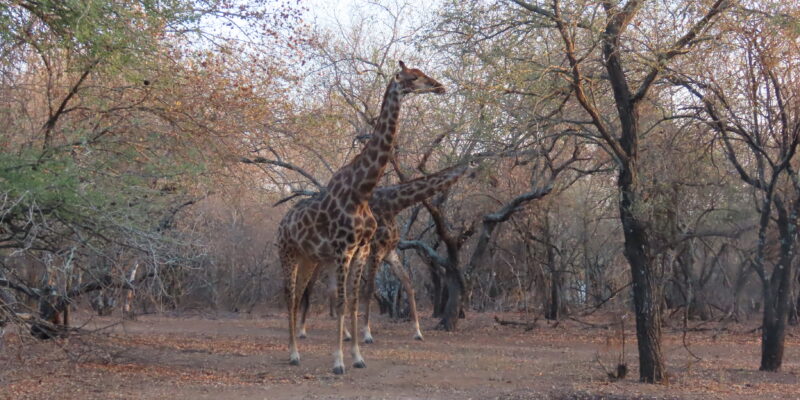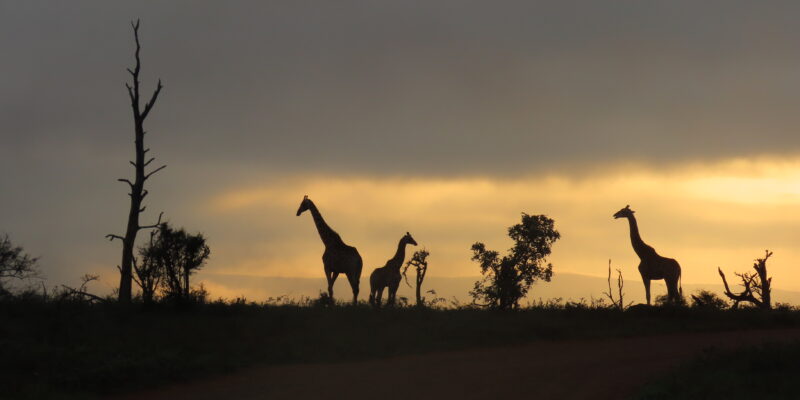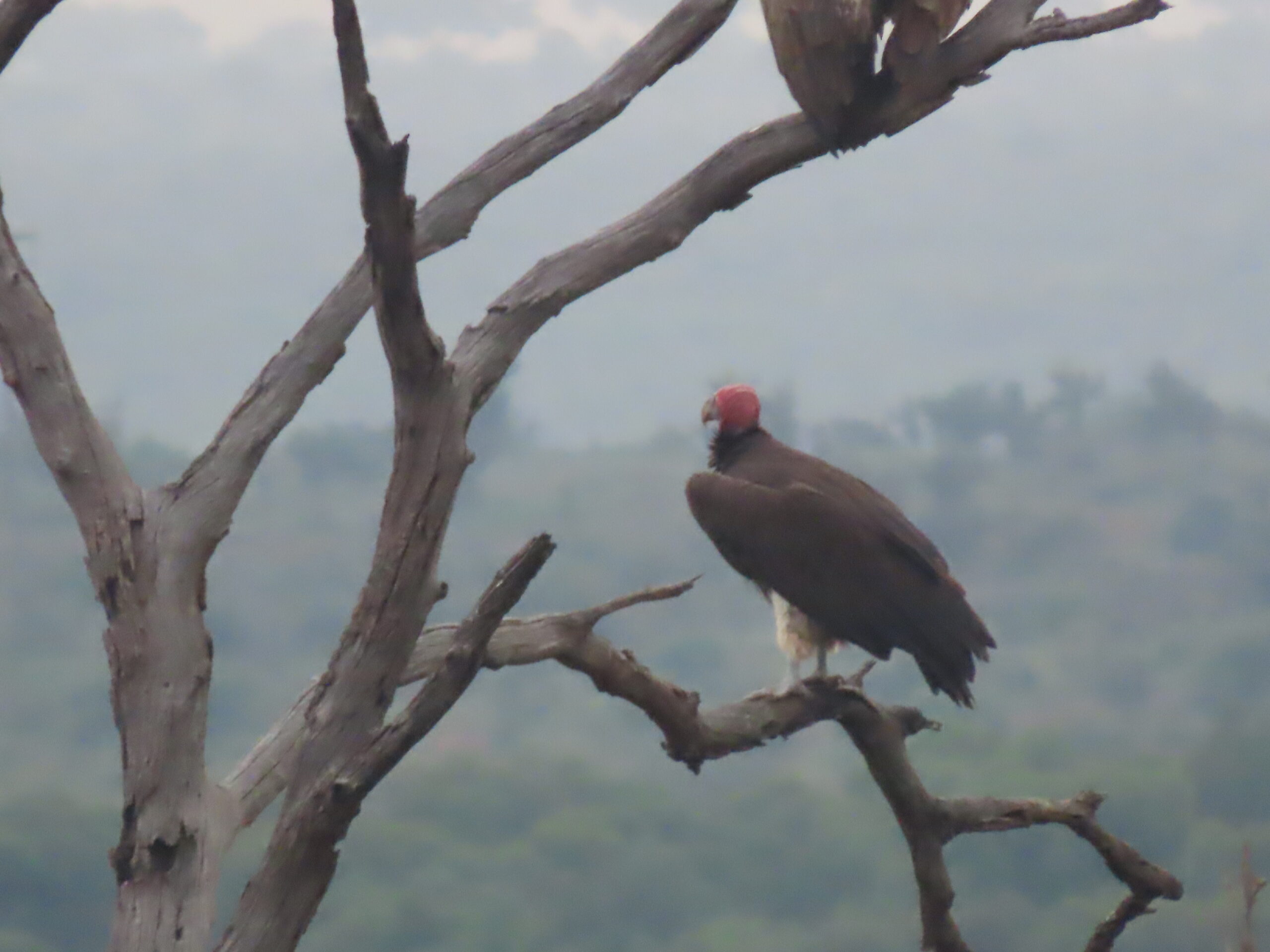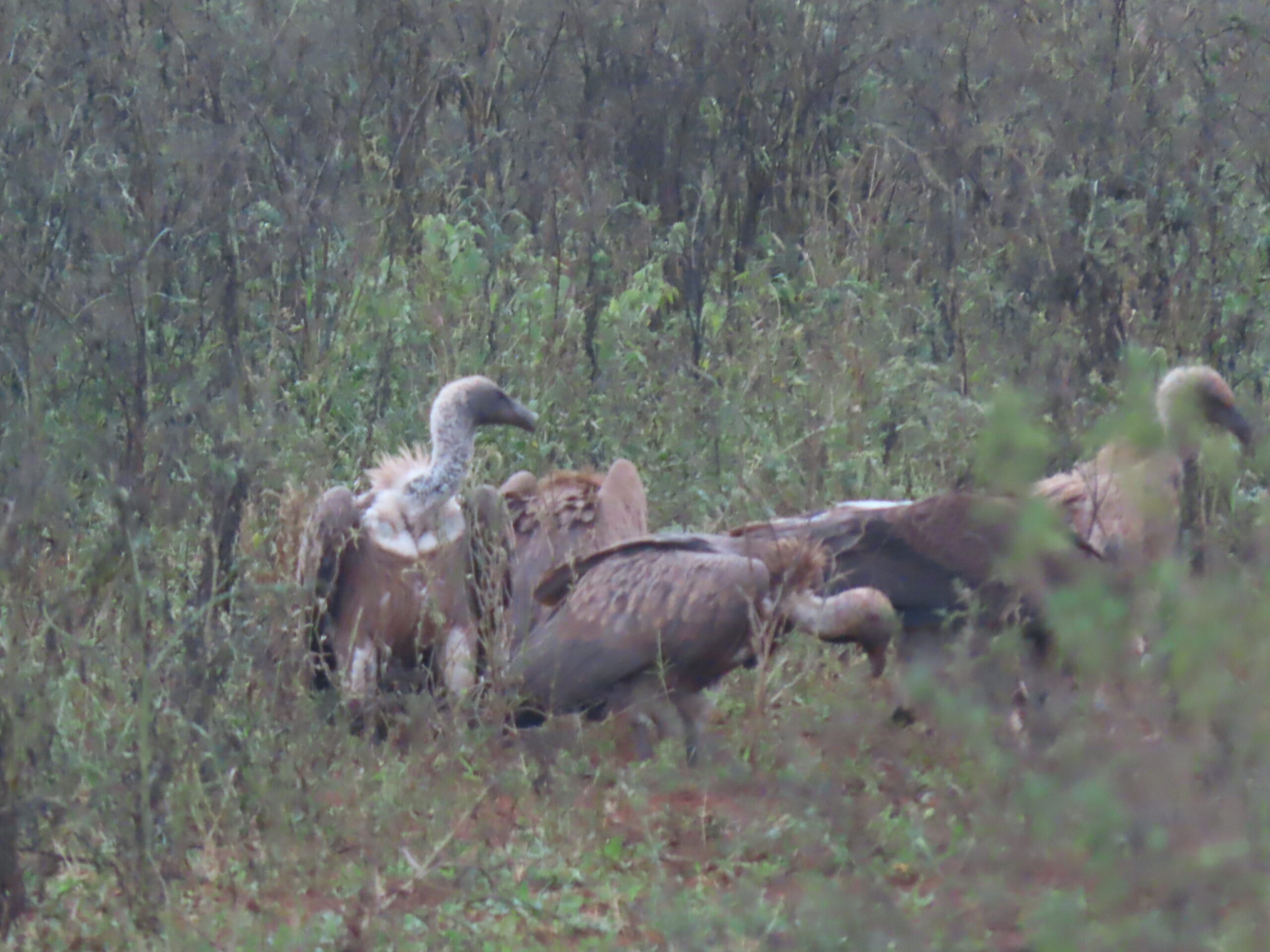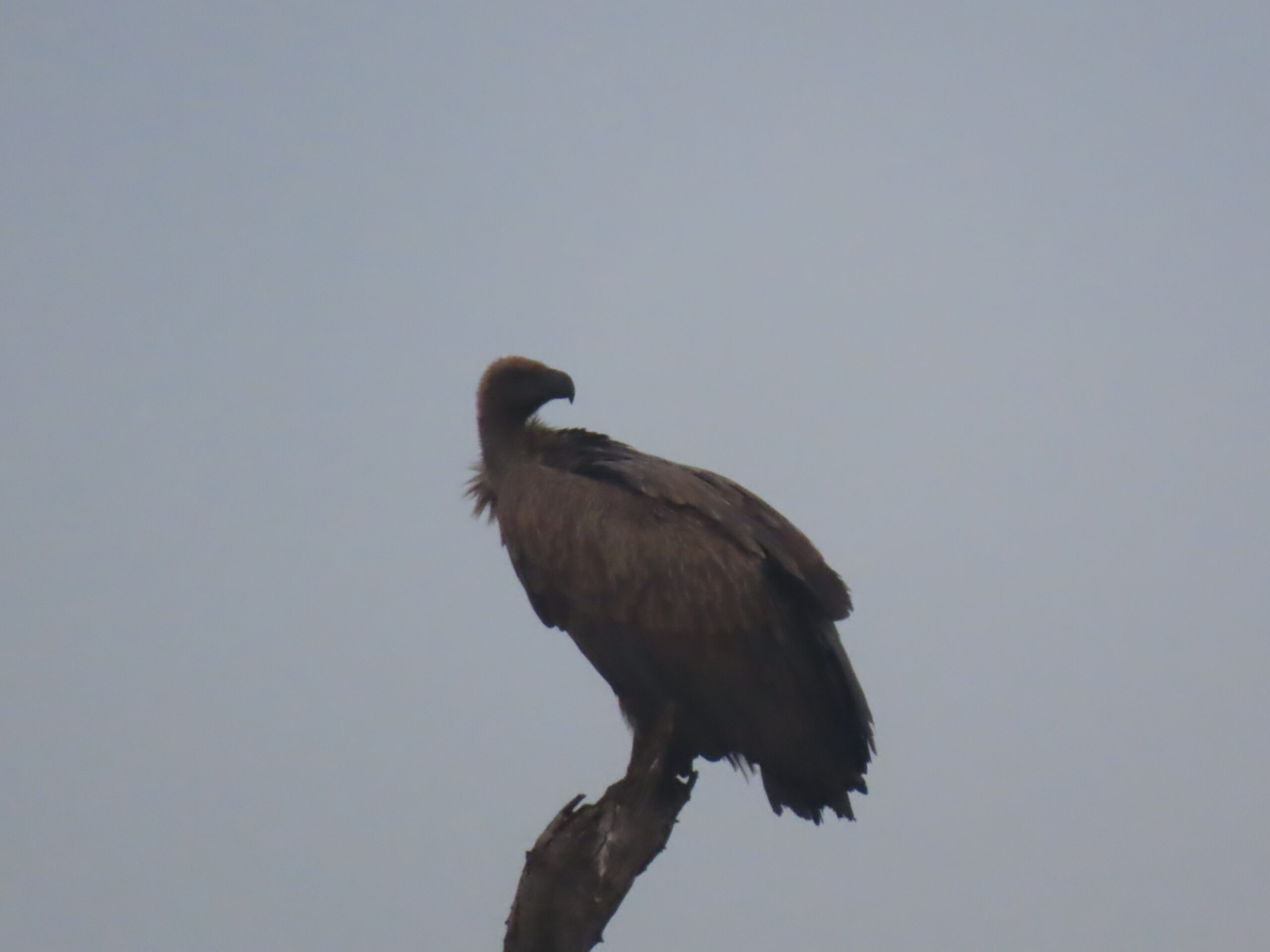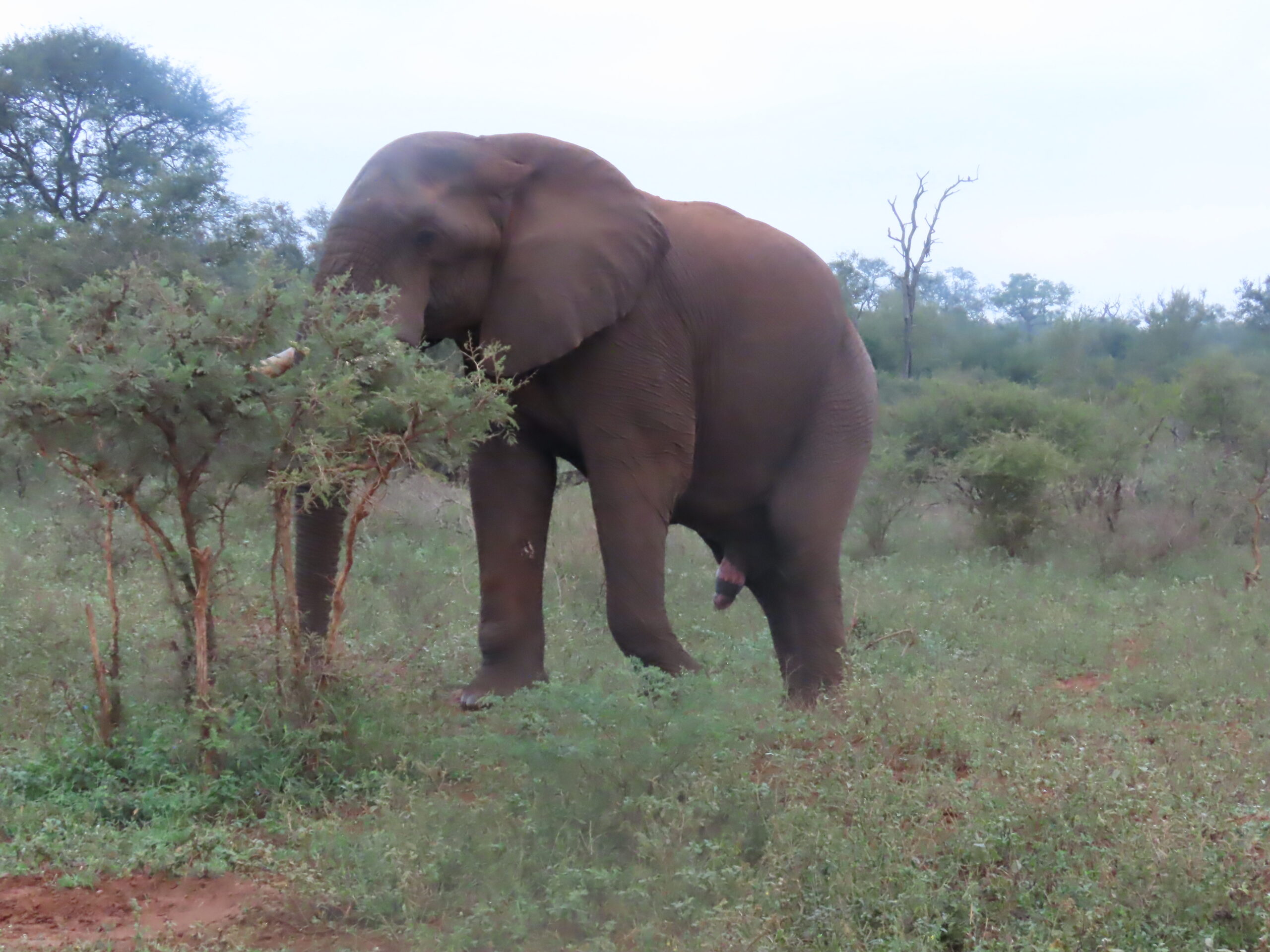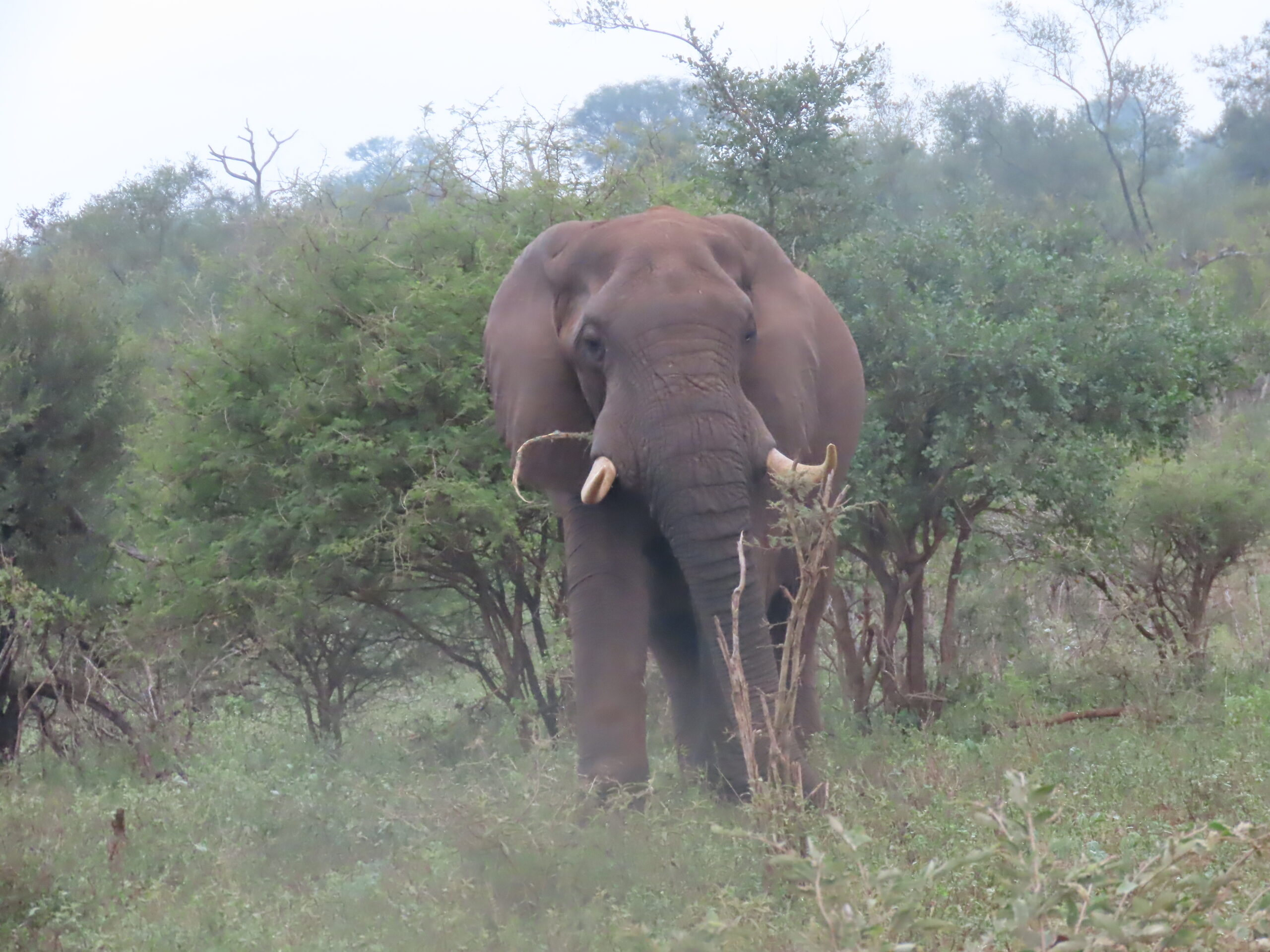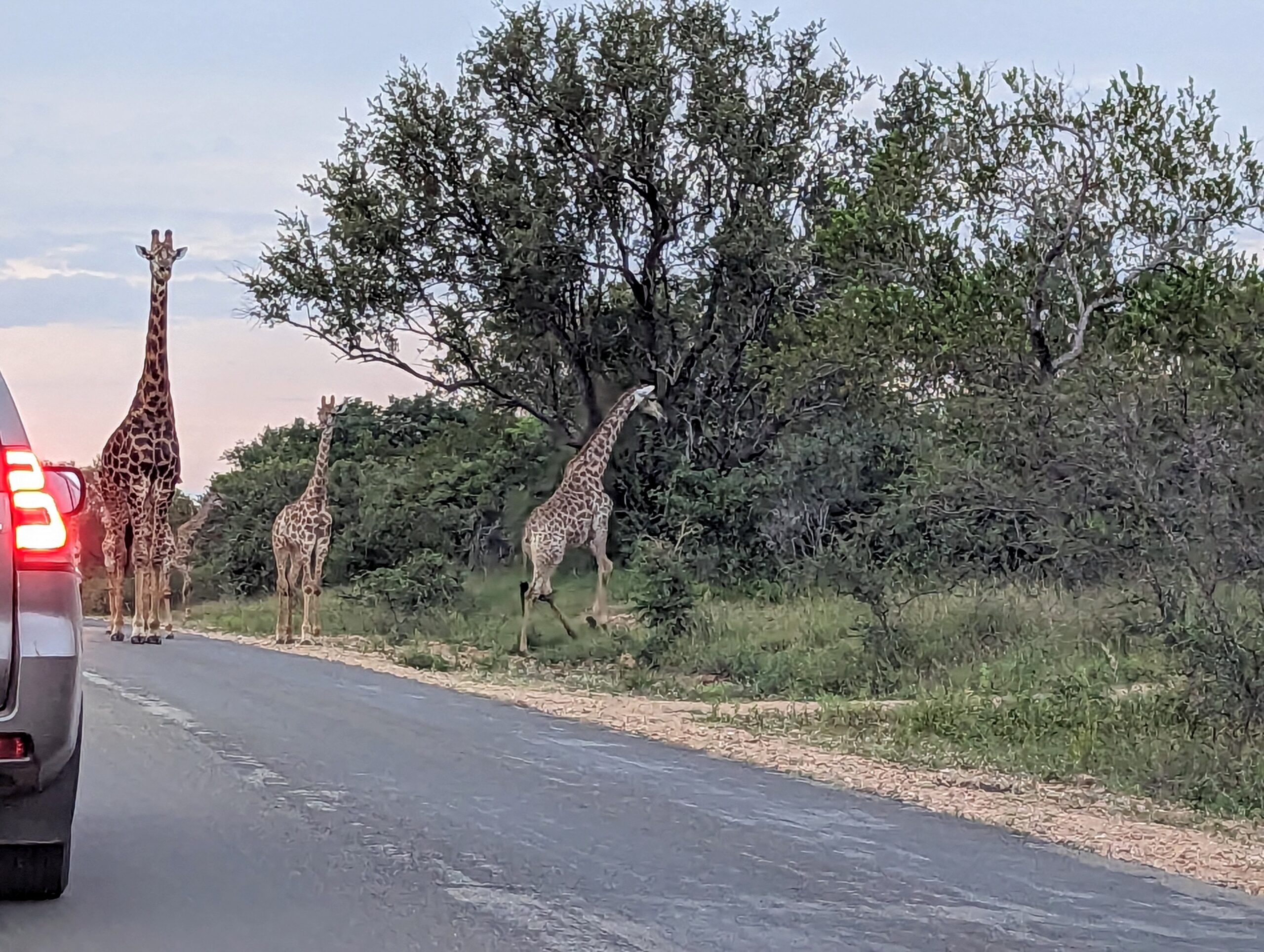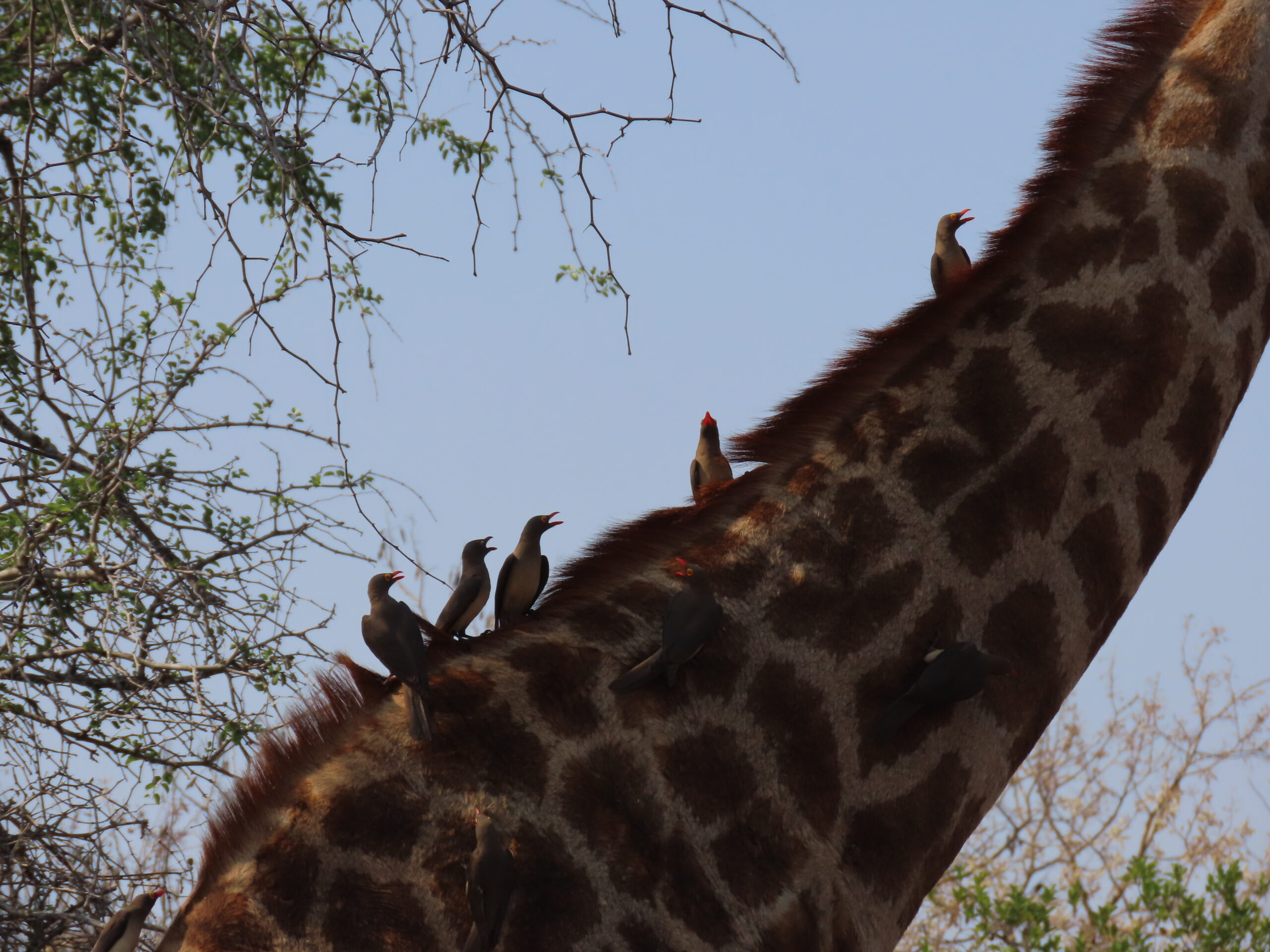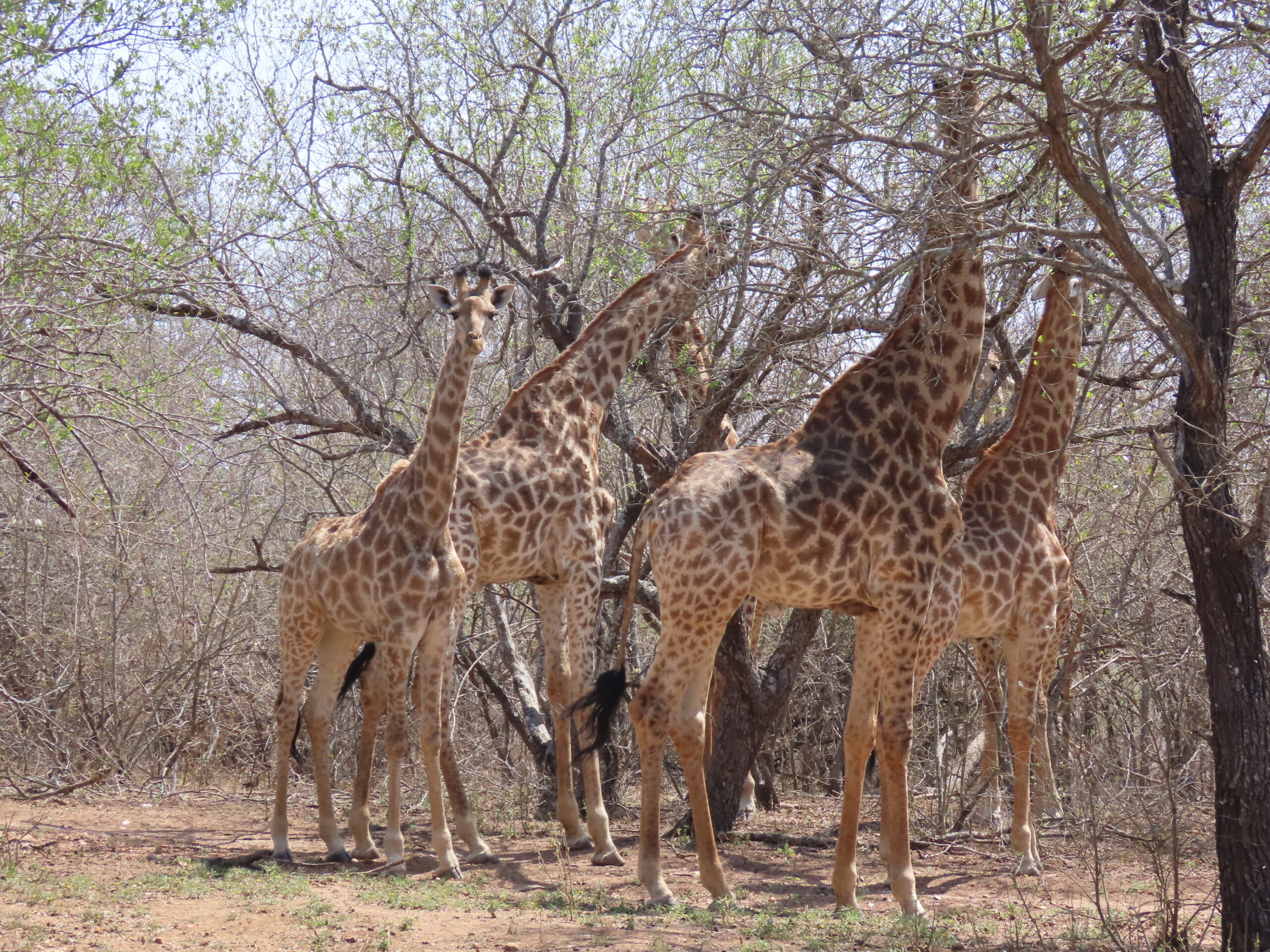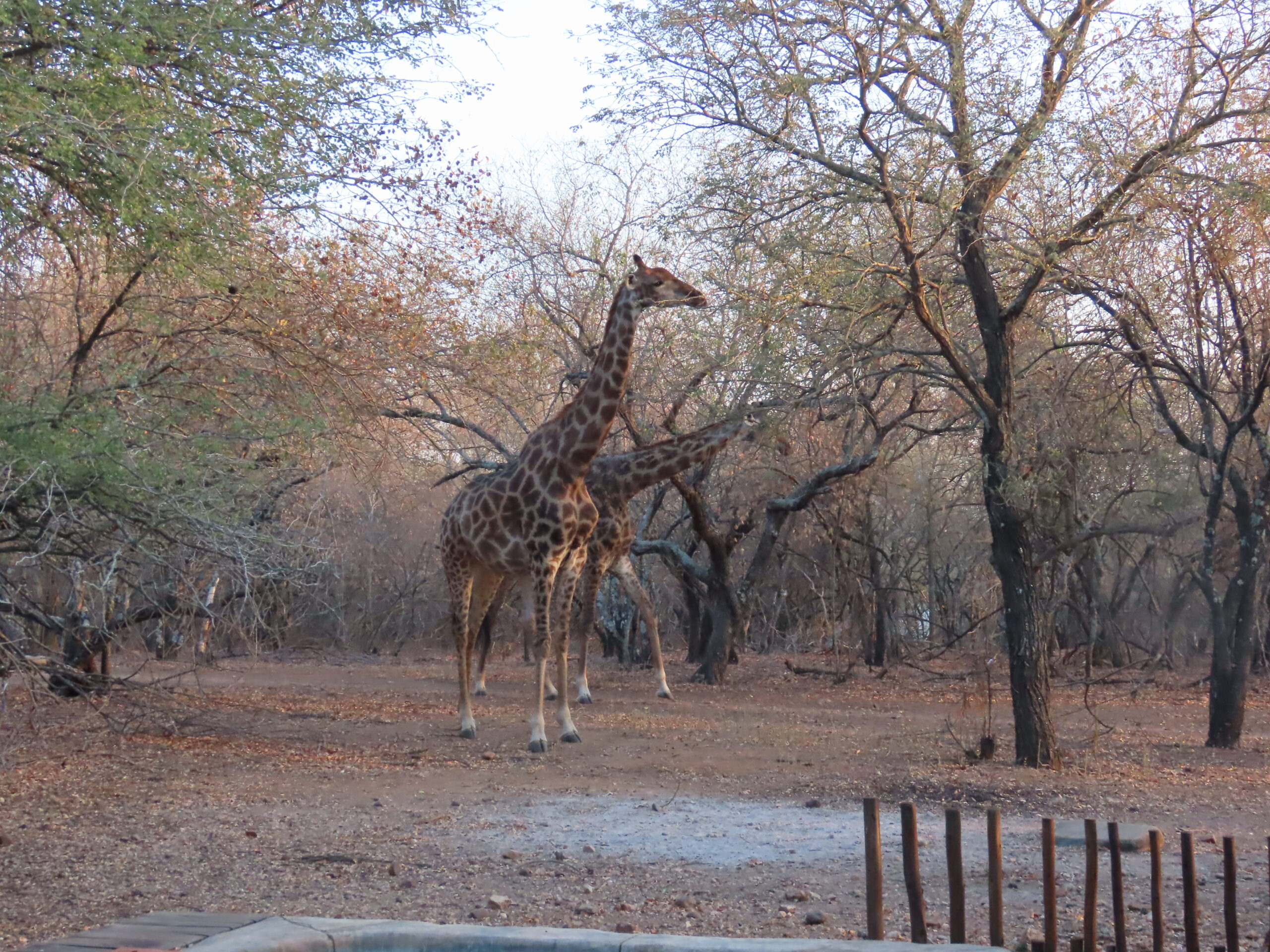
Yesterday morning, Rita and I had a fantastic “girl’s breakfast” at Stoep Cafe in Komatipoort. We had a lot of catching up to do after not seeing each other in over a year and a half, and the conversation flowed with ease as we discussed our favorite topics.
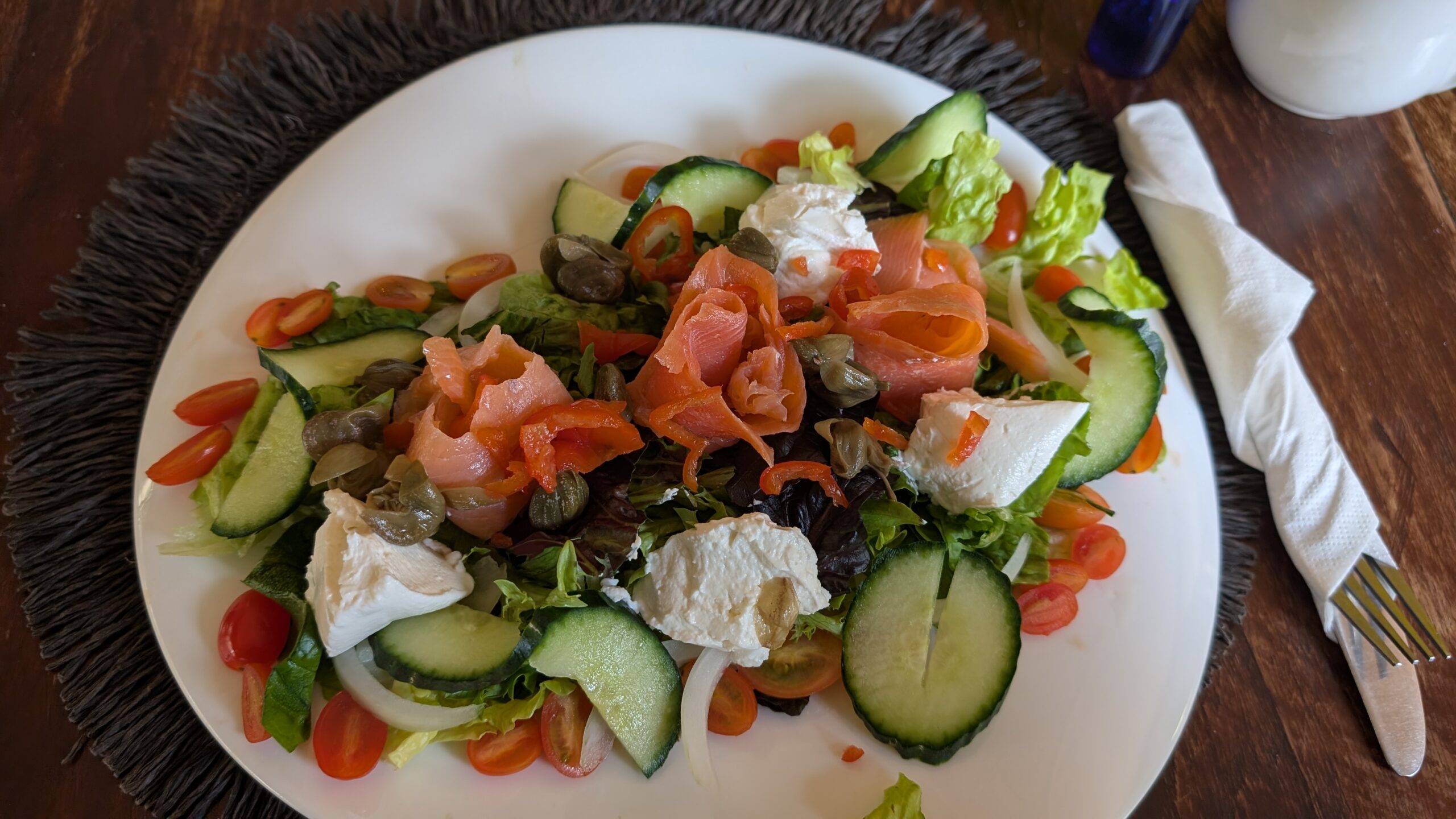
Back at the house before noon, I did a little packing and took a short rest after a fitful night’s sleep. I’d better improve my sleep quality over the next few nights in preparation for the upcoming 23-hour travel time from Nelspruit to Barcelona on Sunday, just three days from now.
Speaking of our flight, we are flying from South Africa to Doha, Qatar, where there was a targeted Hamas attack by Israel, only two days ago, killing several top leaders. Of course, this is cause for concern since our flight has almost a four-hour layover in Doha. So far, no flights have been canceled, but we’re closely watching the news for any updates. We’ll keep you updated.
Most likely, we will post an update during the layover, not only to keep me busy but also to inform our readers of any concerns we may have encountered.
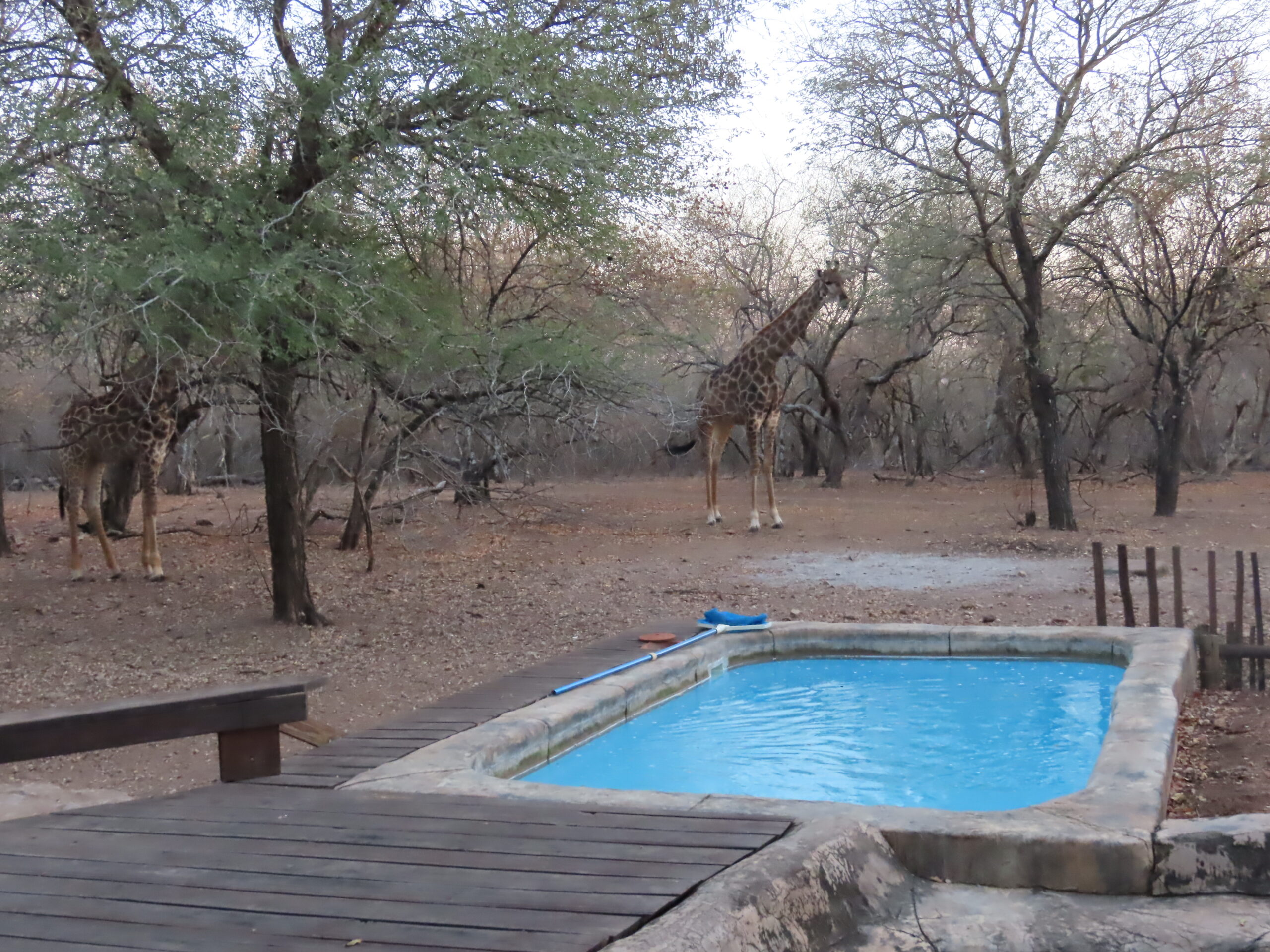
I’m not fond of long flights, but they are a necessary part of our world travels. Once we’re settled in Spain, we will be relieved and enjoy our six-week stay in Sant Marti, Spain, a small neighborhood of Barcelona. No doubt, we will be experiencing a language barrier while in Spain. I know some Spanish and can read menus, street signs, and names of items at the markets.
But, conversationally, I am inept, so we’ll see how it goes. We will undoubtedly use Google Translate to assist us during our stay. On October 27, we’ll board our ship, the Royal Caribbean Voyager of the Seas, where English is spoken by all staff and many guests from around the world.
Tonight, we’re staying in again for dinner and eating some of our leftover uncooked food. This morning, I cooked the entire kilo package of bacon we had in the freezer, which we’ll use for tonight’s grilled hamburgers, topped with sliced tomatoes, onions, lettuce, and cheese, and served with our delicious homemade ketchup, along with a big Greek salad.
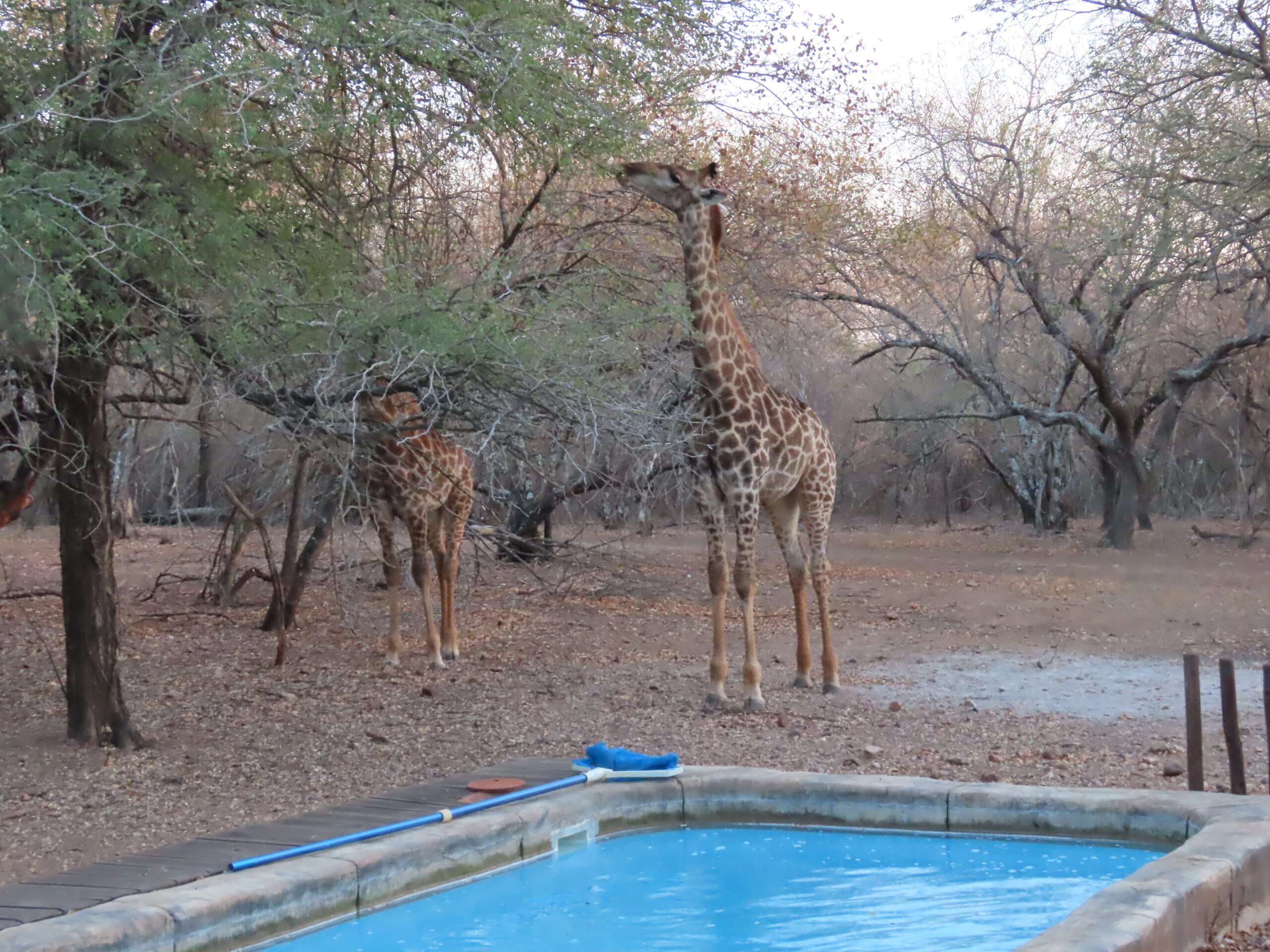
Tomorrow night, we’re heading back to Jabula, where we’ll meet and dine with our readers Christine and Robert from Quebec, whom we’re meeting for the first time. We talked on WhatsApp a few times, and it’s been delightful getting to know them. We’re looking forward to meeting them in person.
On Saturday night, Rita, Gerhard, and Inge will join us for dinner at Jabula, our final get-together before we depart on Sunday.
Most of our packing is complete. All we have left to do is a few loads of laundry tomorrow and then pack our clothes. That can be accomplished in a few hours at most.
We’ll be back with more over these final few days.
Be well.
Photo from ten years ago today, September 11, 2025:


